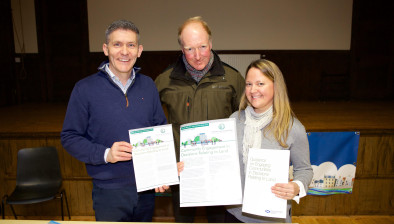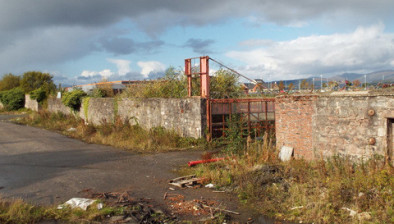Land value capture to have ‘proactive role’ in place making
Ways in which Scotland can successfully harness land value capture to create places where people want to live are being explored by the Scottish Land Commission.
Focus on how to capture the increase in the value of land due to publically created uplifts such as improved infrastructure, planning permission and wider societal changes has increased with the current policy debate in Scotland around the Planning Bill.
There is a call to give planning authorities the ability to acquire development land at values closer to its existing use. Planning authorities will then benefit from the uplift in land value generated when the sites receive planning permission to fund investment in the infrastructure required to support the development.
To inform this debate the Land Commission has published the sixth paper in its Land Lines discussion series. The paper ‘Local authority land acquisition in Germany and the Netherlands: are there lessons for Scotland?’ looks at the experience of other countries, in particular the Netherlands and Germany, and suggests what lessons Scotland might learn from this experience. The paper’s author, Professor Tony Crook, examines how local authorities could capture more of this “development value“, using it to facilitate improvement.
The report findings suggest that the key difference between practice on the continent and Scotland lies more in the overarching approach to planning and land assembly than the detail of the compensation arrangements used to support it.
The Commission is looking at land value capture to help deliver well-planned sustainable communities in places people want to live and at prices they can afford to pay. To work towards this they have identified five connected opportunities to explore how the uplift in land values can be shared to greater benefit:
Commenting on the report, Shona Glenn, head of policy at the Scottish Land Commission, said that the debate about how to capture the uplift in land value associated with planning permission for public benefit is a long standing one and a debate that is now once again, very topical.
Shona added: “It is important that we learn from what has worked elsewhere and adapt it to the local context, so that we can help to deliver well-planned, sustainable communities.
“Effective solutions to capture the uplift in land value for the public benefit need to combine looking at compensation and compulsory purchase with wider changes designed to support place-making and a more proactive role for planning authorities.”
The Land Commission’s next steps are to review the most effective ways in which to capture the increase in land value and specifically the opportunities for land pooling and assembly as a means to help deliver it.








